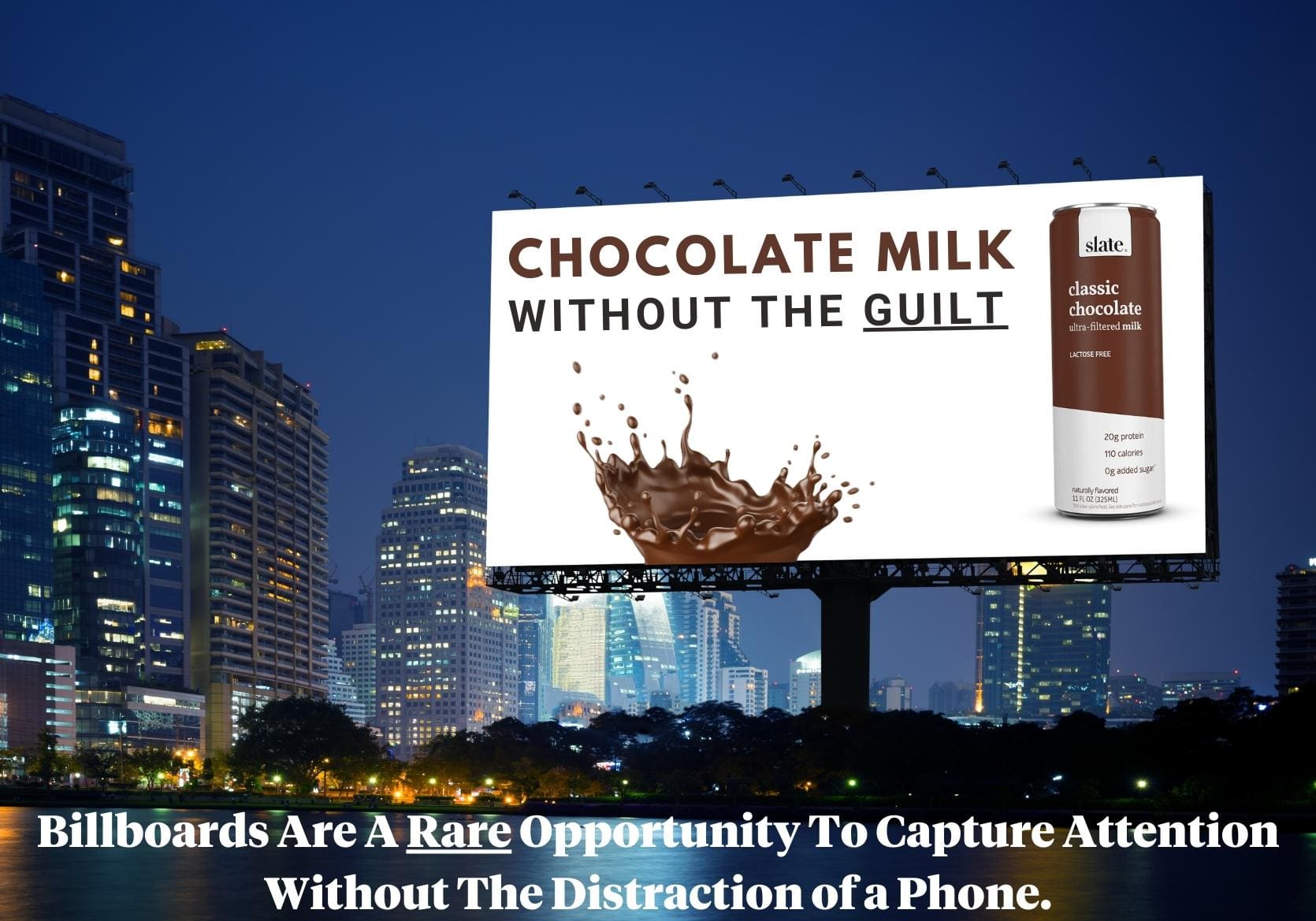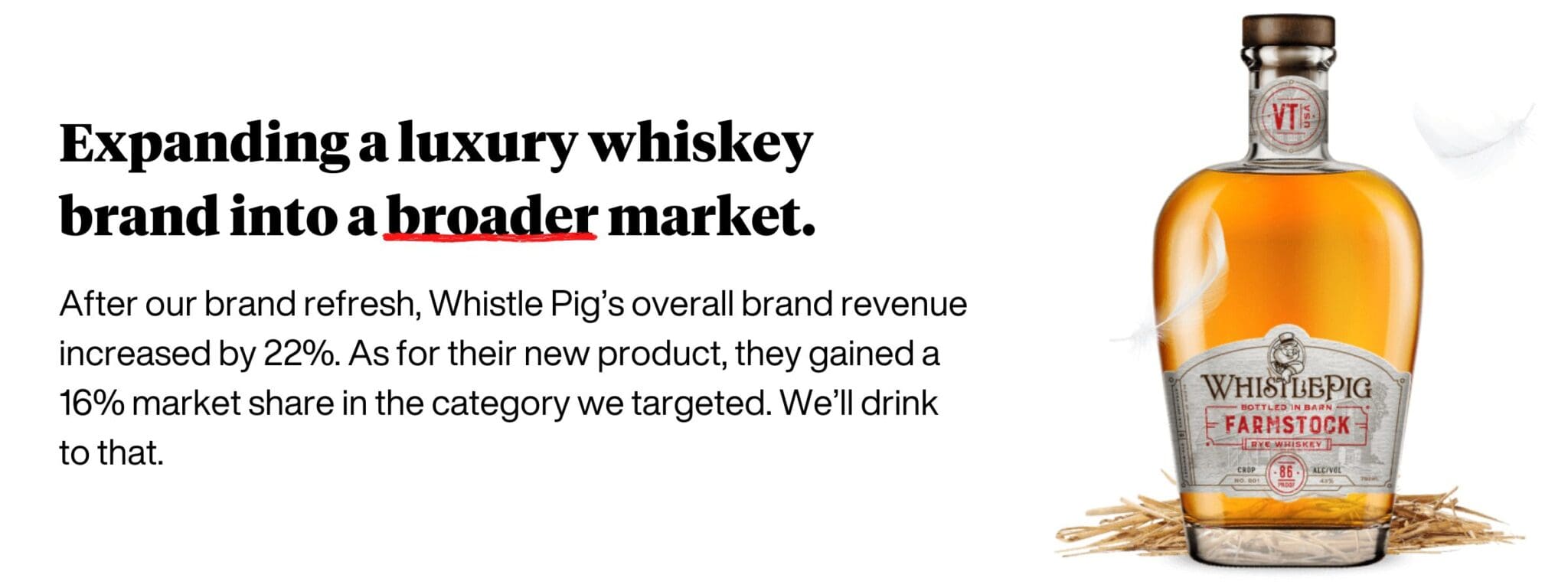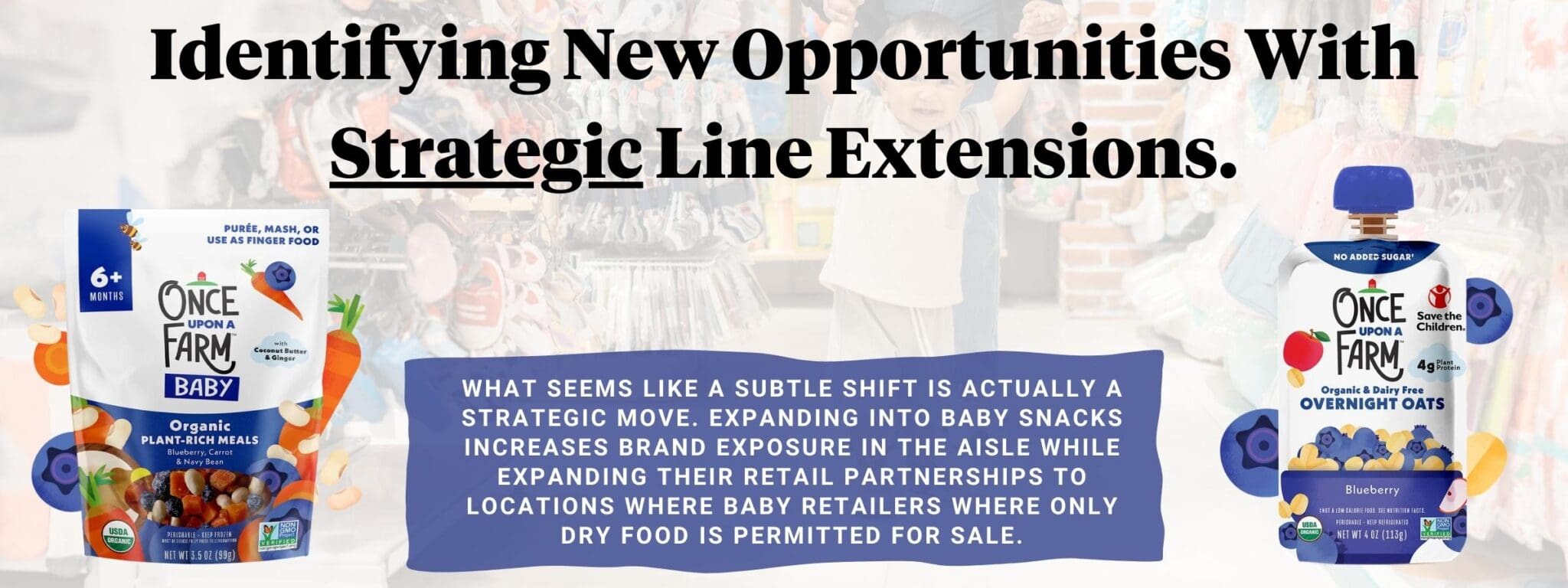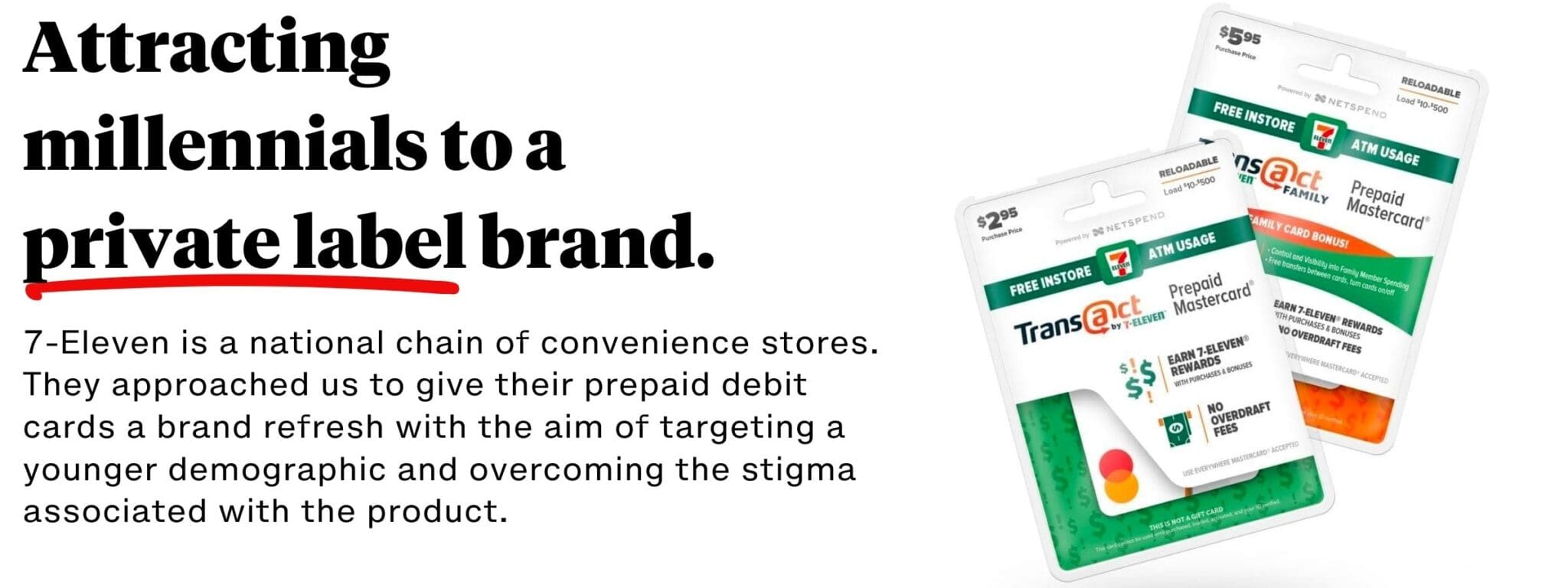To remain competitive and attract customers, staying up-to-date with the latest marketing strategies is crucial for FMCG brands. This article covers innovative marketing strategies in the FMCG industry, including digital marketing tactics, traditional marketing methods, and aspects of company departments that directly impact marketing. By understanding and implefmenting these FMCG marketing strategies, your brand can effectively reach and engage its target audience with better branding and calls to action.
What Are Fast-Moving Consumer Goods?
Fast-moving consumer goods (FMCG) are quickly consumed products requiring a re-purchase. FMCG products may or may not have a relatively short shelf life. Examples of FMCG products include food, beverages, household items, and personal care products. The FMCG industry is highly competitive, with brands constantly seeking new ways to stand out and attract customers.
The FMCG Digital Marketing Landscape
Digital marketing strategies have become increasingly important in the FMCG industry as more and more consumers turn to the internet for product research, shopping, purchasing, brand interactions, and more. Here are the essential digital marketing methods your FMCG brand can leverage (collectively) to capture the attention of your target audience:
- Social media marketing: Social media platforms, such as Facebook, Instagram, and TikTok, allow FMCG brands to connect with customers and showcase their products in a more personal and interactive way. Brands can use social media to share product information, run promotions, and interact with customers through comments and direct messages.
- Email marketing: Email marketing allows FMCG brands to send targeted and personalized messages to customers and subscribers. Brands can use email marketing to promote new products, offer discounts, and build customer loyalty.
- Targeted advertising: FMCG brands can use targeted advertising, such as display advertising, to reach specific audiences with relevant ads. For example, a brand can use targeted FMCG advertising to reach consumers interested in similar products or who previously visited their website.
- Omnichannel ecommerce marketing: The growth of ecommerce has significantly impacted the FMCG industry, and retailers can now capitalize by taking an omnichannel approach. As we head into Web 3.0, FMCG brands can sell their products directly to customers through social media and 3rd party websites.
- Influencer marketing: Leveraging influencer marketing involves partnering with social media influencers to promote FMCG products. Influencers, who have a large and engaged following, can help to build brand awareness and credibility among their followers.
- Content marketing: FMCG brands can use content marketing to provide valuable and informative content to their target audience. Content marketing includes blog posts, videos, infographics, and other content that educates and engages consumers. You can use tools such as Venngage to can help you create & leverage amazing visuals.
By providing valuable content and creating engaging pages, FMCG brands can build trust and credibility with their audience, drive sales, and increase their rankings in search engines. Additionally, taking the help of tools like a free video editor can enhance the quality of video content, making it more appealing and effective in capturing consumer interest. This approach not only enriches the content strategy but also leverages technology for better storytelling and brand representation.
While you shouldn’t spread your strategy thin, each of these is a necessary component of your FMCG digital marketing strategy if you hope to compete against the biggest brands in the world.
Digital Marketing Tips For FMCG Brands
- Increase your social media frequency: You need more than one post daily for customers to remember your brand. Aim to put a minimum of ten messages daily into the digital world. Adjust your messages to fit each social media platform and its user base.
- Go beyond social media: If you want to be successful in the CPG and FMCG world, you have to be visible where people shop. Make sure your brand is on in-store TV’s, window posters, and other in-store marketing opportunities. If you don’t have the budget for this, create something newsworthy by having a creative sampling booth or other local promotional activities.
- Uniform your message across all digital marketing platforms: Ten wide-ranging messages will be less impactful than creating a singular focus. Tie your messages together to reach a deeper layer of your consumer’s mind.
FMCG Traditional Marketing Strategies
While innovative digital marketing strategies are becoming increasingly important in the FMCG industry, traditional marketing methods are still relevant and can effectively reach and engage customers. Integrating digital and traditional marketing is the best way to remain impressionable to consumers.
Here are some key traditional marketing strategies that FMCG brands can use:
- In-store marketing and merchandising: In-store marketing and merchandising involve using techniques like product placement, signage, and display design to attract customers and encourage purchases. FMCG brands can use in-store marketing to showcase their products and create a cohesive and appealing brand image.
- Print and outdoor advertising: Print and outdoor advertising, such as newspaper and magazine ads, billboards, and bus shelter posters, allow FMCG brands to reach a broad audience with their marketing messages. Smaller brands can utilize flyer templates to simplify the process and save money whereas larger companies will need a specific strategy to get the greatest ROI from their effort.
- Trade shows and events: Trade shows and events, such as food and beverage expos and industry conferences, allow FMCG brands to showcase their products and interact with potential customers in person.
By incorporating traditional marketing strategies into their marketing mix, FMCG brands can reach a wider audience and build brand awareness. FMCG brands must consider the most effective combination of traditional and digital marketing strategies to get the most out of their brand strategy.
Traditional Marketing Tips for FMCG Brands
Use smart packaging: Integrate your online and offline marketing plan using QR codes and other forms of connected packaging. Doing so brings more life to your brand and speaks to the younger audience.
Adhere to direct response best practices: Continuing with the concept of smart packaging, capture customer information for future remarketing and retargeting. Doing so lowers your overall customer acquisition costs.
Try Billboards: Driving with your head in your phone is dangerous and illegal. Aside from in-store shopping, driving is the most opportunistic time for traditional marketing. Billboards catch a broad audience (driving anywhere) and a narrow audience (those driving to the store.)

Nurturing The Customer Experience
Customer experience management is crucial for building brand loyalty and driving repeat purchases in the FMCG industry. Here are some key tactics that FMCG brands can use to improve the customer experience:
- Customer service: Providing excellent customer service can help to build brand loyalty and create a positive brand image. FMCG brands can use various channels, such as phone, email, and social media, to respond promptly and be helpful to customer inquiries and complaints.
- Loyalty programs: Loyalty programs, such as rewards programs and VIP clubs, can help to retain customers and encourage repeat purchases. FMCG brands can offer special discounts, free products, or other perks to loyal customers to show appreciation and build brand loyalty.
- Personalization: Personalization tactics, such as targeted email campaigns and personalized product recommendations, can help to make customers feel valued and increase their engagement with the brand.
- Customer feedback and reviews: FMCG brands can use customer feedback and reviews to understand what works well and what areas need improvement. By actively seeking and responding to customer feedback, brands can show their value and improve the overall customer experience.
FMCG Marketing Tactics For 2023
Brands not aligning with consumer values will struggle in this new economy. An FMCG company must ensure their brand, offline, and digital marketing strategy consistently asks, “Is this what my consumer wants?” But this isn’t the only question they must ask. The follow-up question for every FMCG brand must be, “Do consumers understand that this is what they want.”
Keep this in mind as we review the marketing tactics that FMCG brands are considering for 2023.
Addressing The Environmental Impacts of FMCG Production and Consumption
The production and consumption of fast-moving consumer goods (FMCG) can have a significant environmental impact. The FMCG industry leaves a large carbon footprint because of the energy and resources required to produce, transport, and dispose of products. FMCG brands are increasingly being held accountable for their environmental impact, and many are implementing sustainability initiatives to reduce their carbon footprint and minimize waste.
Tip: Don’t immediately assume that shifting to a lower environmental impact will positively impact your bottom line. It might, but it also might lead to increased costs that your company cannot sustain. To increase your chance of success with business practices such as sustainability, test your messaging to ensure it creates brand distinction and strengthens your brand identity.
Optimizing FMCG Product Packaging To Attract Customers
Packaging plays a crucial role in attracting customers to FMCG products. A strong brand image encourages trust and credibility with customers but may not be enough to drive purchase intent.
Effective packaging showcases the product to the target market and leaves them no option but to pick up the product where they enter into purchase consideration.
In the FMCG industry, packaging serves multiple purposes, including protecting the product, conveying information, and providing convenience for the consumer. For example, packaging can help to keep perishable items fresh, provide nutritional information, and make the product easy to store and transport. But this matters only if the packaging encourages shoppers to put the product in their cart.
Tip: Test your FMCG packaging design against design concepts and shelf competitors. Packaging design testing tells the brand and FMCG retail partners how a product will perform when placed on store shelves.

Deeper Customer Segmentation & Targeting To Improve FMCG marketing
FMCG brands can use customer segmentation and targeting to identify specific groups of customers and tailor their marketing efforts accordingly.
- Customer segmentation involves dividing customers into groups based on shared characteristics, such as demographics, behavior, and needs.
- Customer targeting involves selecting specific segments to focus on and developing marketing strategies to reach and engage those segments.
By understanding the unique needs and preferences of different customer segments, FMCG brands can create targeted marketing campaigns to increase customer engagement, which will probably successfully convert customers.
Tip: Thanks to AI, you can learn more about your consumers, segment more effectively, and split tests easily. While data from Nielson and IRI is still insightful and demanded by most retailers, your marketing reports (1st-party data), search engine data, website analytics (zero-party data), and email marketing reports provide powerful information helping to improve your marketing ROI.
Addressing Their Pricing Strategy
Your FMCG pricing strategy is critical for shelf activation. The price of a product can impact its perceived value, category distinction, and appeal to customers. FMCG brands must consider their pricing strategies to balance the need to drive sales and maintain profitability.
There are several pricing strategies that FMCG brands can consider, including:
- Cost-based pricing: This involves setting prices based on the cost of production, including materials, labor, and overhead expenses.
- Competition-based pricing: This involves setting prices based on similar products competitors offer.
- Value-based pricing: This involves setting prices based on the product’s perceived value to the customer rather than on the cost of production.
- Price skimming: This involves setting a high initial price for a new product and gradually lowering the price over time as the product becomes more widely available.
- Price penetration: This involves setting a low initial price for a new product to gain market share quickly and, over time, escalating the price.
Tip: With retailers widening their private-label product offerings, many brands want to become price competitive with white-label products. Our advice: Unless you have significant cost savings over the competition, please don’t do it! Consumers looking for private-label products often differ from shoppers looking for name-brand discounts.
The Risks & Rewards Of A Line Or Brand Extension
Introducing new FMCG products can be challenging and rewarding for brands. On the one hand, introducing new products helps to expand brand equity into new FMCG categories, driving greater revenues. New products can be risky, leading to lower total revenues than before you started.
Some key challenges of introducing new FMCG products include:
- Developing and testing prototypes
- Securing funding for product development and marketing
- Obtaining necessary regulatory approvals
- Ensuring product quality and safety
- Predicting consumer attraction
Fair Warning: A brand or line extension removes time and resources from your existing product line. Adding new SKUs may do more harm than good unless you have an innovation that creates product differentiation.
Tip: If expansion is necessary, consider creating different serving sizes or a similar product that introduces you to new retail verticals. Expanding this way leverages your existing brand recall to create greater per-customer revenues.

Understanding Consumer Behaviors & Preferences Through Market Research & Data Analysis
Market research and data analysis are crucial in understanding consumer behavior and preferences in the FMCG industry. By collecting and analyzing data from sources such as surveys, focus groups, and FMCG sales data, FMCG brands can gain insights into what consumers look for in products and how they make purchasing decisions.
There are several types of FMCG market research that FMCG brands can use to understand consumer behavior, including:
- Exploratory Research: Answering broad questions about the brand’s goals and target market:
- Primary Research: Collect consumer data through surveys, focus groups, and interviews.
- Secondary Research: Collecting consumer data from existing sources, such as industry reports, trade publications, and government statistics.
- Evaluative Research: The collection of summative and formative data by having customers evaluate a prototype throughout each iteration of the design process.
By using market research and data analysis, FMCG brands can identify consumer needs and preferences and develop marketing strategies that are more likely to be successful in reaching and engaging their target audience.
The Impact Of Technological Advancements In Artificial Intelligence And Automation
Technological advancements, such as artificial intelligence and automation, are increasingly used in the FMCG industry to improve efficiency, reduce costs, and enhance customer experience.
For example, brands can use artificial intelligence to analyze consumer data and identify FMCG trends and patterns, informing marketing strategies and product development. Automation can also streamline production processes and improve the FMCG supply chain management.
However, FMCG brands need to weigh the potential impact of these technologies on their operations and their potential risks and benefits.
Effective supply chain management and logistics are crucial for FMCG brands, as they play a key role in ensuring that products are available to consumers in a timely and cost-effective manner.
Some critical considerations for FMCG brands in managing their supply chain and logistics include:
- Sourcing materials and ingredients: FMCG brands must ensure they have a reliable source for packaging and ingredients that they purchase sustainably, consistently, and cost-effectively.
- Production and manufacturing: FMCG brands must ensure that their production processes are efficient and cost-effective and can meet the demand for their products.
- Distribution and transportation: FMCG brands must develop a distribution and transportation network to efficiently and cost-effectively deliver their products to customers.
- Inventory management: FMCG brands must carefully manage their inventory levels to ensure they have the right products in the right quantities at the right time.
Creating A Brand Strategy Around Sustainability and Corporate Social Responsibility
As consumers become more environmentally and socially conscious, sustainability and corporate social responsibility (CSR) are increasingly important considerations for FMCG brands.
FMCG brands can incorporate sustainability and CSR into their marketing efforts by:
- Focusing on environmentally friendly production methods and materials
- Implementing eco-friendly packaging solutions
- Supporting charitable causes and social initiatives
- Communicating their sustainability and CSR efforts to consumers through marketing campaigns and messaging
By demonstrating a commitment to sustainability and CSR, FMCG brands can differentiate themselves from competitors and build brand loyalty with environmentally and socially conscious consumers.
The Risks and Rewards Of Entering International Markets
Expanding into international markets can present both challenges and opportunities for FMCG brands. On the one hand, international expansion provides access to new customers and revenue streams. On the other hand, it can also be challenging to navigate different cultural, legal, and regulatory environments.
Some key considerations for FMCG brands looking to sell their products in international markets include:
- Identifying target markets and assessing their potential
- Adapting products to meet the needs and preferences of different markets
- Establishing distribution and logistics networks
- Navigating cultural differences and adapting marketing strategies
- Complying with local laws and regulations
- Managing currency risks and exchange rates
By carefully evaluating international expansion’s potential risks and rewards, FMCG brands can determine the best approach to entering new markets.
Tip: Don’t assume the demographic in one country matches the next. What attracts a potential customer in the United States may differ from attracting the same customer demographic in Mexico. Continue to test and iterate your marketing strategy for these new FMCG market opportunities. Since many businesses lack the resources and knowledge necessary to operate successful FMCG marketing campaigns, and delegating these issues to in-house marketing professionals may be problematic; as a consequence, outsourcing marketing services to organizations such as TheNewWorkforce.com are an alternative where you can find individuals in the country where you hope to penetrate.
Packaging Design Guaranteed To Perform
We hope you enjoyed this article. Now, are you ready to build a best-selling FMCG brand? Our full-stack package design process guarantees shelf performance; whether it’s a new product, brand extension, or packaging redesign, we can help. The data collected through our package design testing ensures that you move in the right direction with your FMCG marketing strategy.
Book a time to discuss your project with our team.

Subscribe to
Nice Package.
A monthly newsletter that unpacks a critical topic in the FMCG & CPG industry.
Free Resource.

CPG product repositioning guide.
Explore the five undeniable signs your CPG product needs repositioning along with strategies for leveraging consumer insights for a guaranteed market lift.
Learn More About CPG product repositioning guide.